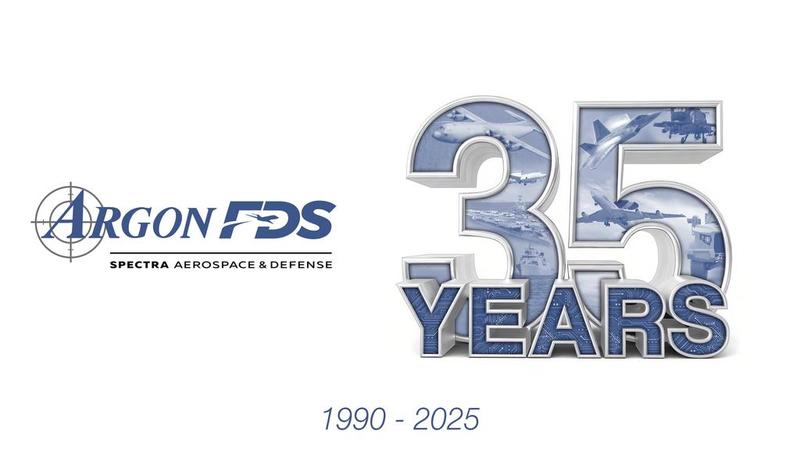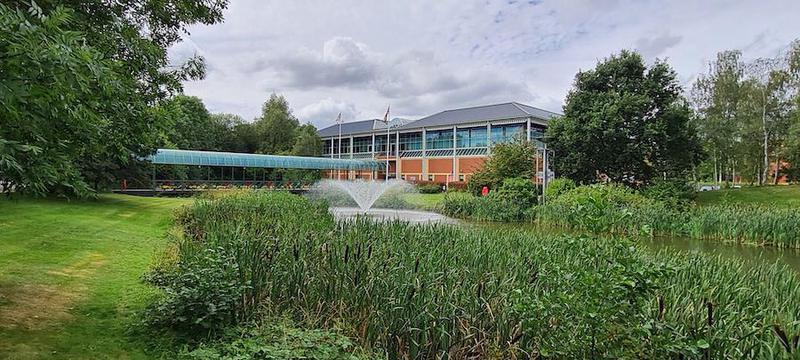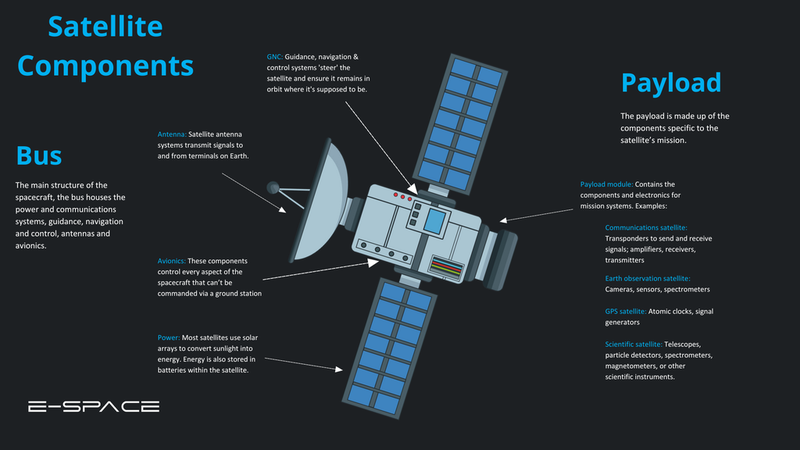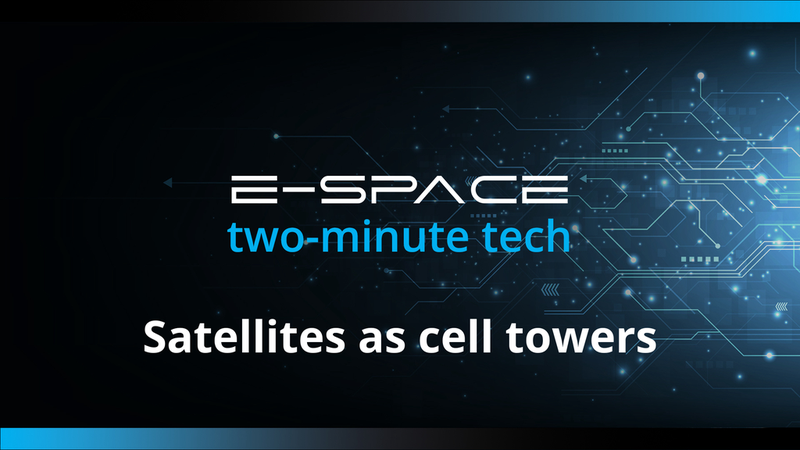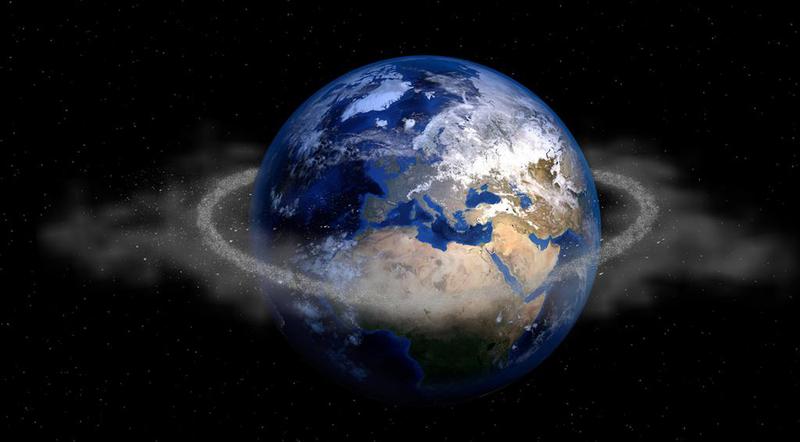
FLIGHT RECORDERS THAT RISE TO THE CHALLENGE
Bylined article for trade publication
With more than a decade working with satellite companies, I've written (and podcasted) about many of the people and technologies associated with the aerospace industry.

